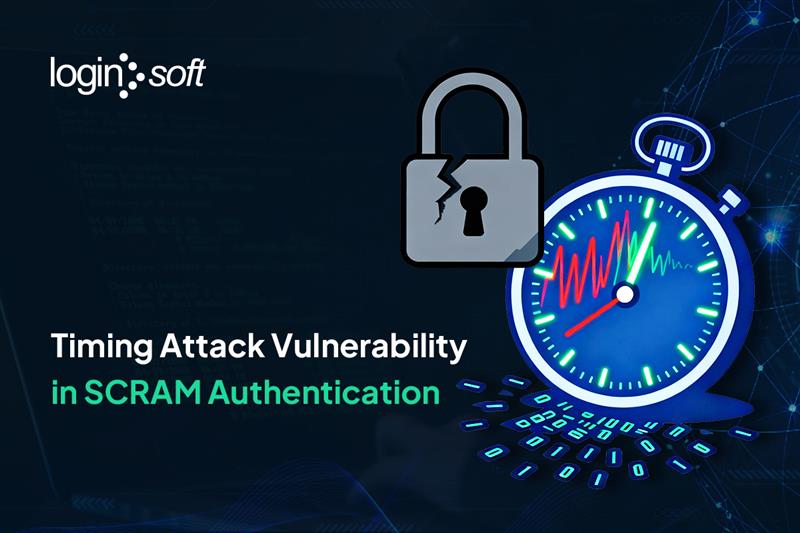Introduction
Jenkins continues to be one of the most widely used automation servers for CI and CD workflows. Its broad adoption also makes it a frequent target for security research and vulnerability discovery. One such recently disclosed issue is CVE-2025-59474, a missing permission check that allows unauthorized users to view agent names through a UI component in Jenkins Core. Although this vulnerability does not provide direct code execution, it exposes sensitive infrastructure details that attackers can leverage for reconnaissance. Understanding how the issue occurs, how it was fixed, and the steps needed to secure Jenkins environments is essential for administrators, DevOps teams, and security professionals.
Key Takeaways
- CVE-2025-59474 is caused by a missing permission check in the Jenkins sidepanel view, which allows unauthorized users to obtain agent names. This can help attackers map infrastructure and plan targeted attacks.
- The issue has been fully patched in the Jenkins Core update. The fix restricts sidepanel rendering for users who do not have the Overall Read permission, preventing information leakage.
- Admins must prioritize consistent permission checks and least privilege access, as UI based vulnerabilities are becoming increasingly common in automation platforms like Jenkins.
What Is CVE-2025-59474 in Jenkins? Understanding the Agent Information Disclosure Issue
Jenkins is an open-source automation server widely used for CI and CD. The vulnerability exists in Jenkins Core, specifically in the artifact org.jenkins-ci.main:jenkins-core, which provides the central server functionalities.
This component handles the UI, job views, and manages the coordination between agents and executors.
Why Jenkins Is Vulnerable: Missing Permission Check in the Sidepanel View
CVE-2025-59474 is caused by a missing authorization check in a UI fragment of Jenkins known as the sidepanel view.
The sidepanel contains an executors widget that lists agent or executor names.
The issue appears when the sidepanel is rendered for users who do not possess the Overall/Read permission. This results in unauthorized access to agent names.
Technical Breakdown of the Vulnerability
- A portion of the UI allowed rendering of executor names without validating user permissions.
- Unauthenticated or low-privilege users could trigger the sidepanel view.
- The lack of explicit permission checks exposed sensitive agent data.
Agent names can reveal details about the infrastructure, naming conventions, or architectures. Even partial exposure can be useful for attackers during reconnaissance.
How CVE-2025-59474 Was Fixed in Jenkins
The vulnerability is resolved in the Jenkins Core update published with the following commit:
https://github.com/jenkinsci/jenkins/commit/dcb83f393ae6bbcb68ab82518b24fe4e5c575394
Details of the Jenkins Security Fix
- The sidepanel content is no longer rendered for users without the Overall/Read permission.
- The changes in core/src/main/resources/hudson/model/View/sidepanel.jelly ensure that unauthorized users cannot access agent names.
- Authorization checks are now consistently enforced in the affected views.
This fix fully restricts the exposure of agent names to only authenticated users with the correct privileges.
Real-World Attack Scenarios: How Unauthorized Users Exploit Jenkins Agent Information Disclosure
Although the vulnerability does not allow direct code execution, it has important security implications.
How Attackers Can Use Exposed Agent Names
- Map your infrastructure layout.
- Identify naming conventions that point to production, staging, or internal hosts.
- Use this data during phishing, social engineering, or privilege escalation attempts.
- Plan targeted attacks on specific agents or executors.
Industries Most Affected
- DevOps heavy teams
- Enterprises running large Jenkins clusters
- Software development companies
- Teams using distributed build nodes
Any organization relying on Jenkins for mission critical automation is at risk if unpatched.
Common Challenges in Securing Jenkins UI Components and Access Control Rules
Teams often face similar pitfalls:
- Inconsistent Permission Validation
- Not all UI components and plugins enforce proper permission checks.
- Overly Broad User Access
- Many organizations give developers or automated systems more permissions than required.
- Limited Security Review of UI Templates
- Jelly and Stapler based pages in Jenkins often go unreviewed in routine audits.
- Legacy Jenkins Environments
- Older Jenkins versions run in many companies and may not receive timely patches.
Best Practices to Mitigate Jenkins Authorization Issues and CI/CD Security Risks
- Enforce Authorization Checks Everywhere
- Review custom code, plugins, and UI fragments to ensure permission checks are present.
- Apply Least Privilege in Jenkins
- Give users only the permissions they need for their jobs.
- Restrict access to agent and executor details.
- Conduct Regular Code and Security Audits
- Review Jelly templates, plugin code, and API endpoints.
- Perform scheduled penetration tests on Jenkins environments.
- Keep Jenkins Core and Plugins Updated
- Outdated components increase exposure to known vulnerabilities.
- Use Role Based Access Control Plugins
- Plugins such as Role Strategy Plugin tighten access segmentation.
Jenkins Security Fix for CVE-2025-59474 – How the Missing Permission Check Was Patched
Access control flaws are among the most common vulnerabilities in CI and CD platforms.
As DevOps pipelines continue to grow, UI-based permission checks will remain in a high-risk area.
Expect future Jenkins updates to focus on stricter permission enforcement and safer rendering of UI fragments.
Organizations adopting zero trust and least privilege security models will be better protected against similar issues.
FAQ Section About CVE-2025-59474 and Jenkins Security
1. What is CVE-2025-59474 in Jenkins
CVE-2025-59474 is a missing permission check vulnerability that exposes agent names to unauthorized users.
2. Who is affected by this Jenkins vulnerability
Any Jenkins instance using affected core versions where the sidepanel view renders executor names.
3. Does CVE-2025-59474 allow remote code execution
No, but it exposes infrastructure details that attackers can use for reconnaissance.
4. How do I fix CVE-2025-59474
Upgrade Jenkins to the patched version including the fix from commit dcb83f3.
5. Does this affect Jenkins plugins
No, the issue is isolated to Jenkins Core but plugin developers should review their permission checks.




.jpg)



